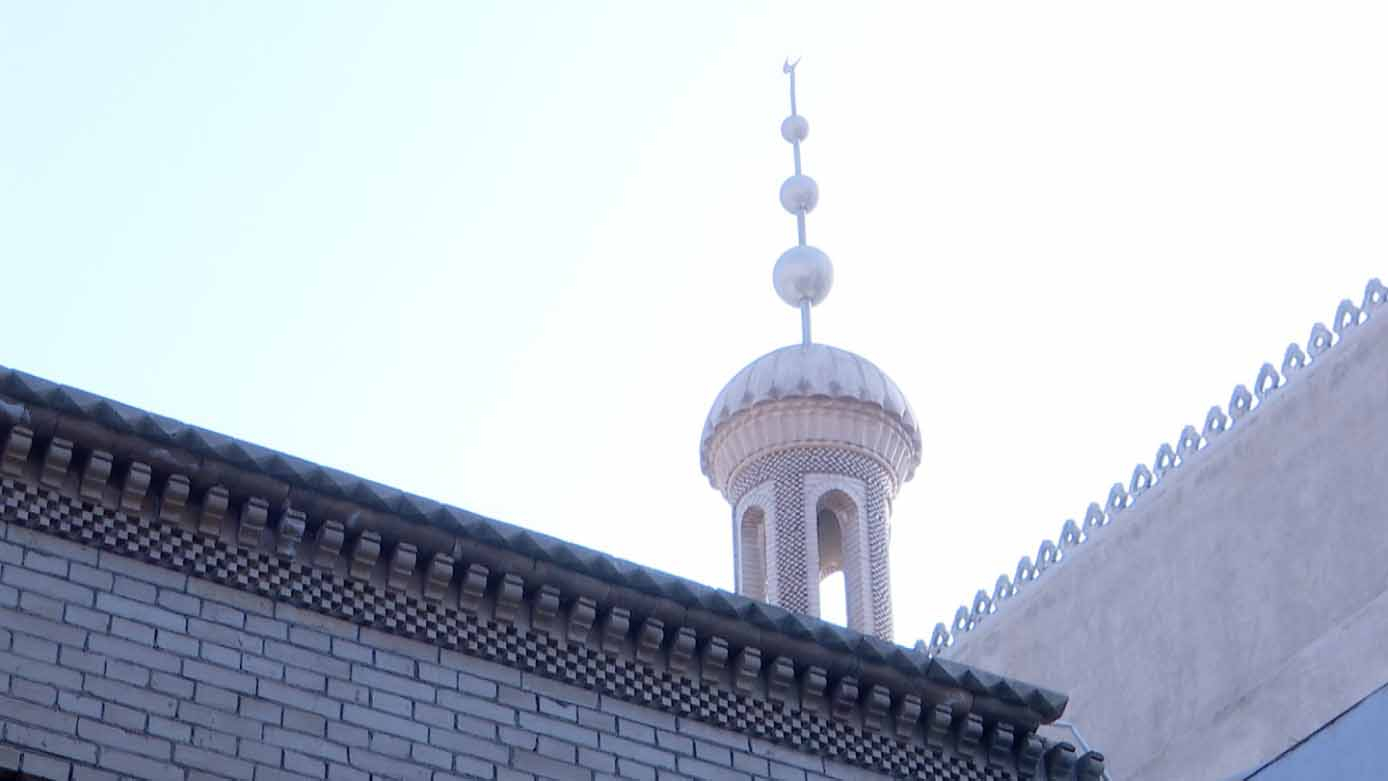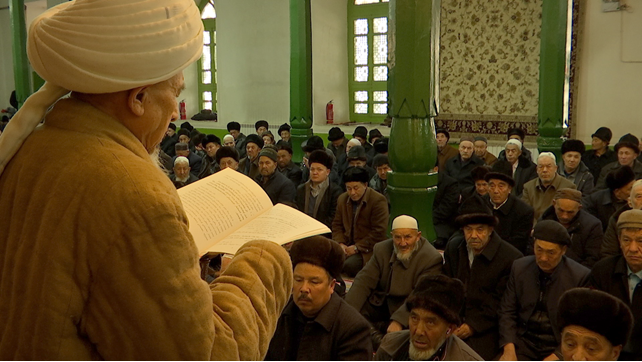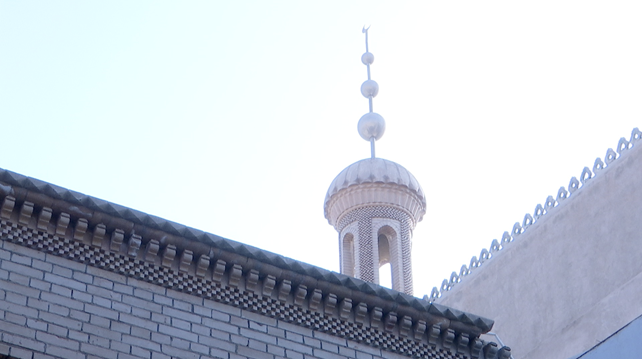02:12

Religious expression in northwest China's Xinjiang Uygur Autonomous Region has been a topic of contention among media outlets with much coverage of what is being called by some western media as "the large-scale destruction of Islamic sites."
At Kashgar's Id Kah Mosque, one of the largest mosques in China, worshipers come to the sacred place for weekly Friday prayers.
Mamat Juma, the mosque's imam (prayer leader), said Muslims in Xinjiang are guaranteed rights to practice religious obligations and rites, such as five daily prayers, Friday congregation, fasting in the month of Ramadan and observing related holidays. It's hard to believe that few years ago, during the worst days of religious extremism, praying at a legal religious venue like this was obstructed by some radicals. His father Juma Tahir, also the former imam of the mosque, was killed by three terrorists when he was on his way home after a morning prayer in 2014.

Muslims attending Friday prayer at Kashgar Id Kah Mosque in Kashgar, Xinjiang Uygur Autonomous Region, northwest China. /CGTN Photo
Muslims attending Friday prayer at Kashgar Id Kah Mosque in Kashgar, Xinjiang Uygur Autonomous Region, northwest China. /CGTN Photo
To ensure that people can practice their faiths, adequate places of worship are a prerequisite. While major religious sites like the Id Kah Mosque are typically under protection, some reports claimed that lesser known mosques are being left unattended, or even destroyed.
"A few mosques were demolished. That has happened – only because they were in poor conditions," the Juma admitted, pointing out that they were rebuilt for people's safety. "There hasn't been a case where a mosque was just left completely abolished," he emphasized.
Meanwhile, 500 kilometers away in Hotan is the Jama Mosque, which was built in 19th century. After years in service, it had to be torn down for renovation and its imam, Obilhasan Tusunniyaz, still remembered how the building went from disrepair to reconstruction. He said in 1997, worshipers started to complain about how dark and shabby the mosque had become. And, after several applications, the government approved a budget of three million yuan for its reconstruction.

Jama Mosque in Hotan, Xinjiang Uygur Autonomous Region, northwest China. /CGTN Photo
Jama Mosque in Hotan, Xinjiang Uygur Autonomous Region, northwest China. /CGTN Photo
Today, the mosque has regained its grandeur – fully renovated and equipped with new air-conditioning systems, bathrooms and water coolers.
Mamatemin Opur, who has been coming here to pray since he was 20, was grateful to see the changes. "My father and my grandfather both prayed at this mosque, which is close to my home. Today, the amenities are much better," he said.
Some data sources suggest that the number of mosques per capita in Xinjiang is one of the highest in the world. But it's more than a matter of numbers and figures. The imam of Kashgar Id Kah Mosque said the conditions of the mosques are now perfect. "Mosques in Xinjiang can fully meet the religious needs of Xinjiang's Muslims," he emphasized.